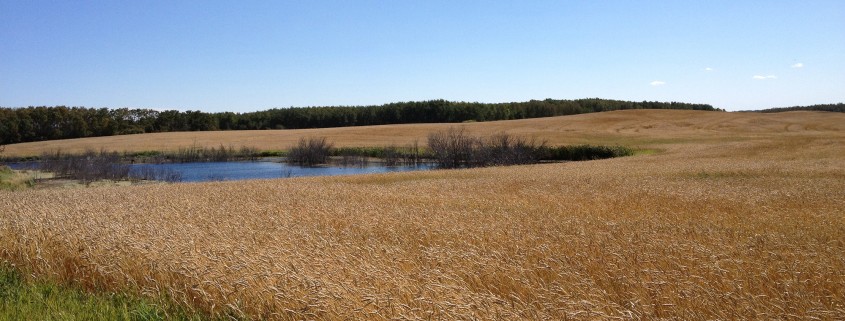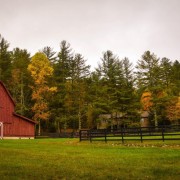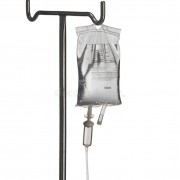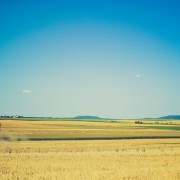The Drought Dilemma
The smoky haze we started inhaling yesterday drives home more than ever just how dry it really is.
#Drought15 is the Twitter hashtag to learn about how bad it is beyond our respective back doors. By all
accounts, crops are suffering and market prices are starting to reflect it. Those who are in an area that
has been, and/or remains, too wet just might be coyly denying that they ever complained about the
rain.
While it is too early to get a handle on any semblance of accurate yield estimates, people I’ve been
talking with have tossed around phrases such as “July harvest” on lentils, and described wheat crops
that are ready to push heads despite only being approximately 2 feet tall. What might be in those heads
if another hot dry windy week prevails?
As a farmer, you are an optimist. Even the most pessimistic ornery old codger you can imagine is still an
optimist if he’s a farmer. If he wasn’t, he’d never put a crop in the ground each spring. But as optimistic
as “Well, if we get one good rain in the next 4-5 days” sounds, it’s not going to make it rain. Despite the
drizzle we’re seeing today, one rain does not make a crop. If you’ve got payments to make, payables to
cover, even payroll to meet, you might want to start thinking about how that will all get done if
#Drought15 persists.
- Speak with your creditors.
They’re not clueless; they hear the weather forecasts and read the crop reports. But they also
won’t assume; they won’t assume that you’ll have trouble making payments because your crop
is not going to meet expectations. As far as they’re concerned, you’ll be fully capable of
satisfying the obligations you promised to make when you signed the loan or lease
documents…unless they hear otherwise.
And remember, your lenders are not problem fixers, so coming to them after the trouble gets
real makes it far more difficult. They have more opportunity to help when they can be proactive. - Consider your options.
Do you remember Growing Farm Profits Weekly Issue #9? “Life and business can often be like
snowmobiling: when trouble is ahead sometimes you need to pull back and sometimes you
need to stay on the throttle.” What is your best option considering your crop’s development to
date? I recently read an article discussing the possibility of reseeding barley on fields that have
been froze out or droughted out. Considering the dire need for feed this year, cattlemen will be
interested in green feed or silage barley. Is it time to consider how that might pencil out? - Change your plans.
The decisions you made last year and the year before were based on the best information you
had at the time. The current situation differs greatly and probably requires a new decision.
Swallowing pride and allowing yourself to change/reverse/discard old decisions could be exactly
what your business needs. Nay, it IS what your business needs because your business is
constantly changing and so should your decisions. Knowing when to do so is just as important.
Direct Questions
How would you rate yourself as far as being agile to your financial obligations in light of poor crop
conditions?
How would your stress level decrease if you took 10% of the time and effort you spend on worrying
about the existing crop conditions and used it to contact your strategic partners and advisors to amend
2015 expectations?
Are you staunchly sticking to your past decisions or are you being flexible and responsive to the needs of
your business?
From the Home Quarter
About 17 or 18 months ago, I blogged about how we need to reset what our expectation of success
really is. After the record 2013 crop, the 2014 crop year was poised to be a real disappointment in
comparison. Considering so far this year we generally went from adequate or excessive moisture in
March to a drought by mid-May, I’d suggest we look at 2015 for what it is and be realistic about what
we can call success. To give you a glimpse of what I mean, in 2014 I was working with a farm that
projected an operating loss due to the excessive moisture, crop quality issues, dropping grain prices, and
high fixed costs. The comment during planning was “OK, so we’re expecting to lose only about $300,000
in 2014; that’s decent considering what it could be.” They reset their expectation of success based on
what they saw.
Take a good hard look at your current year, be realistic with expectations, and make changes as
required. We can help make sense of it, take the emotion out of it, and assist with establishing new
plans.
If you’d like help planning your farm for business and personal success, then call me or send an email.












Leave a Reply
Want to join the discussion?Feel free to contribute!